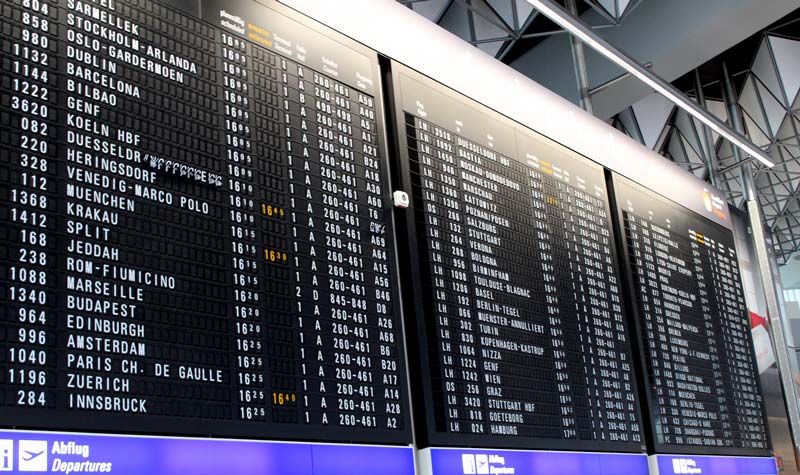The end of daylight saving: Disruptions in international air transport

Whereas a large number of Europeans are in favour of it, the idea of ending daylight saving is not received with the same enthusiasm by the airlines.
UPDATE [Nov. 9, 2018] Last September, at the beginning of school year, the European Commission had announced the end of Europe's last coordinated time change as early as 2019. Brussels has reviewed this deadline considering it too short to achieve a proper orchestration of the Member States time zones and to ensure smooth airlines organization. The phaseout of seasonal clock changes is now expected to be effective as of 2021.
Indeed, flight timetables are defined well in advance by all those involved in worldwide air transport and enable connection possibilities to be optimised and stopover times to be reduced. Two big conferences are organised every year in order to attribute time slots for the most requested airports. So everything is organised in anticipation whilst bearing in mind daylight saving.
[UPDATE] According to the Brussels calendar, 31 March 2019 will be the last date on which it will be mandatory to implement daylight saving. However, it seems difficult for air transport to put the measure into force at that date insofar as flight programmes for next summer have already been requested [UPDATE].
The end of daylight saving comes down to staggering a flight by one hour at the airports of destination which will no longer have a landing possibility because the time slot will have been taken up by another flight. Unless the European airlines decide to stagger the departure time at the risk of compromising certain connections…
And as European countries will have the choice between summer time and winter time, intra-continental flights will also be disrupted.
IATA estimates that it will take eighteen months to implement the measure.

